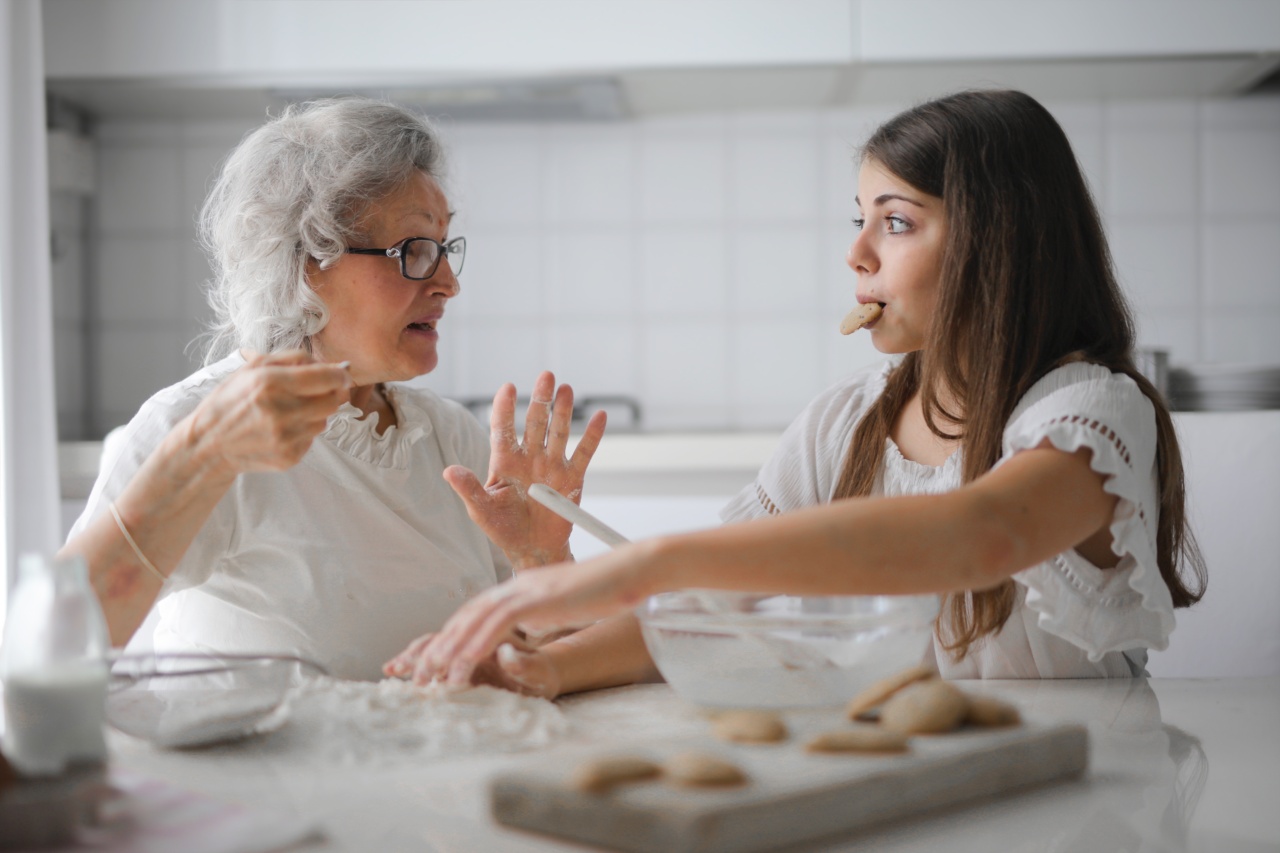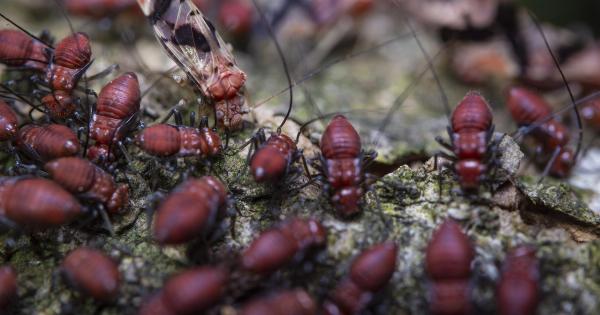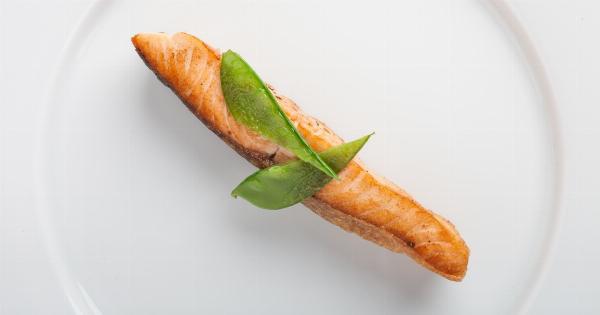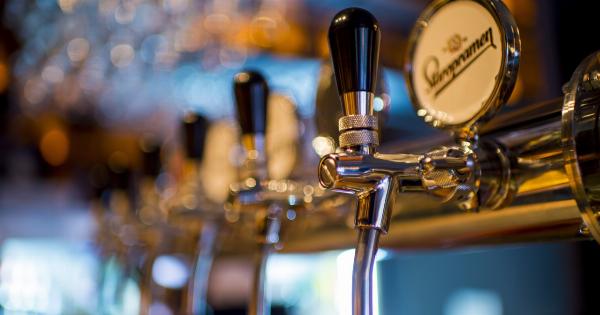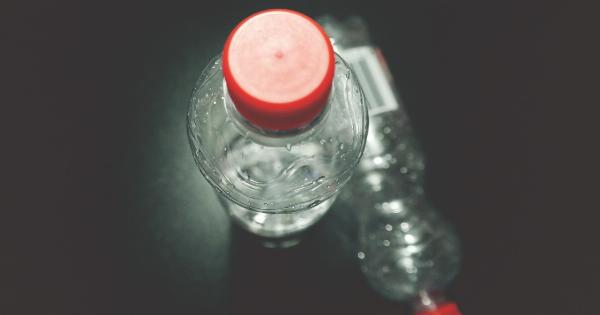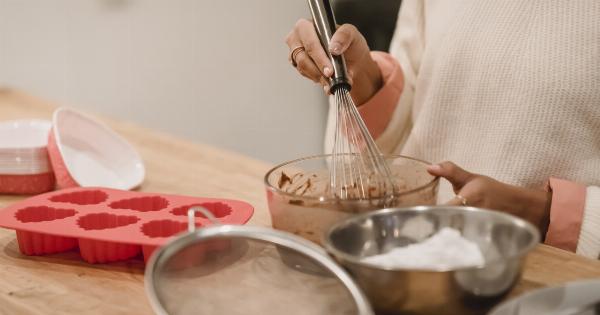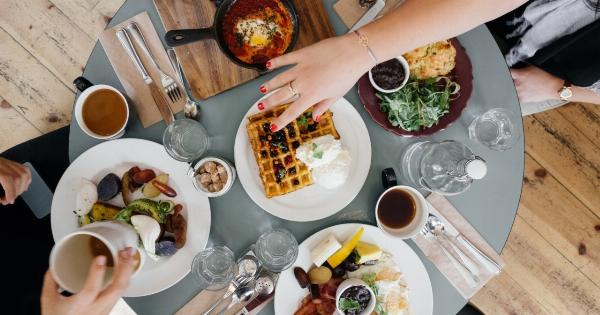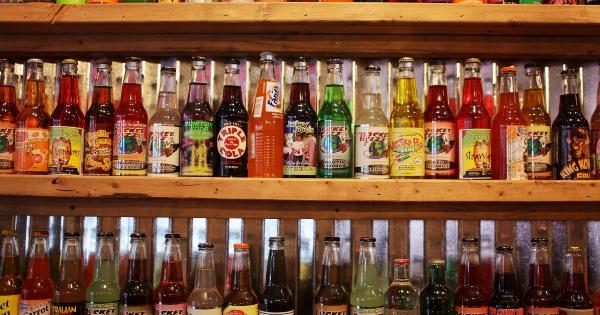Have you ever opened your refrigerator and discovered that some of the food in it has mold on it? It can be tempting to just cut off the moldy portion of the food and continue eating it, especially if it’s something that you really enjoy.
However, eating food with mold on it can have serious health consequences. Here’s what you need to know:.
What Is Mold?
Mold is a type of fungus that grows in damp and warm environments. It can grow on a variety of surfaces, including food. The most common types of molds that grow on food include Aspergillus, Penicillium, and Cladosporium.
Why Should You Avoid Eating Moldy Food?
Eating food with mold on it can have serious health consequences. Mold produces allergens, irritants, and sometimes toxic substances known as mycotoxins.
Mycotoxins can cause a range of health problems, including allergic reactions, respiratory problems, and even cancer.
What Are the Symptoms of Eating Moldy Food?
The symptoms of eating food with mold on it can vary depending on the type of mold and the amount consumed. The most common symptoms include:.
- Stomach pain
- Nausea and vomiting
- Diarrhea
- Fever
- Headache
- Dizziness
- Shortness of breath
- Wheezing
If you experience any of these symptoms after eating food with mold on it, you should seek medical attention right away.
What Foods Are Most Likely to Develop Mold?
Some foods are more likely to develop mold than others. The most common types of food that develop mold include:.
- Bread
- Cheese
- Fruits and vegetables
- Meat
- Nuts and seeds
What Should You Do If You Find Mold on Your Food?
If you find mold on your food, you should throw it away immediately. Do not try to salvage any part of the food that has mold on it.
Even if you cut off the portion of the food that has mold on it, the rest of the food could still be contaminated with mycotoxins.
It’s also important to thoroughly clean the area where the moldy food was stored to prevent the spread of mold spores.
How Can You Prevent Mold from Growing on Your Food?
There are several steps you can take to prevent mold from growing on your food:.
- Store food in a cool, dry place
- Use food within its expiration date
- Keep food tightly sealed
- Clean your refrigerator regularly
- Throw away any food that has mold on it
Conclusion
In conclusion, eating food with mold on it can have serious health consequences. Mold produces allergens, irritants, and sometimes toxic substances known as mycotoxins, which can cause a range of health problems.
If you find mold on your food, it’s important to throw it away immediately and thoroughly clean the area where it was stored. By taking steps to prevent mold from growing on your food, you can help keep yourself and your family healthy.
